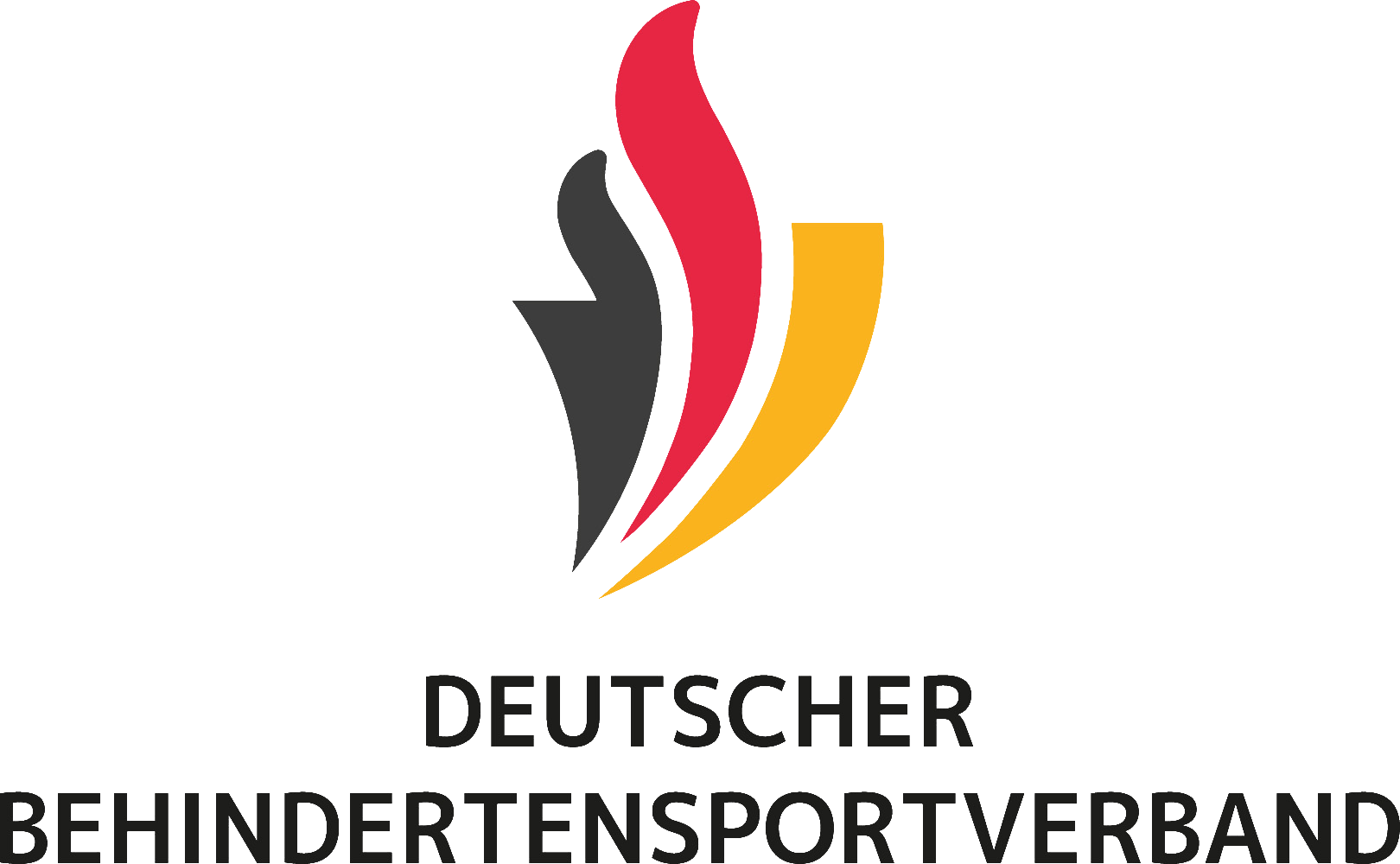Wheelchair rugby players maintain sprint performance but alter propulsion biomechanics after simulated match play
(Rollstuhl-Rugbyspieler behalten ihre Sprintleistung bei, verändern aber die Biomechanik des Vortriebs nach einem simulierten Spiel)
The study aimed to explore the influence of a sports-specific intermittent sprint protocol (ISP) on wheelchair sprint performance and the kinetics and kinematics of sprinting in elite wheelchair rugby (WR) players with and without spinal cord injury (SCI). Fifteen international WR players (age 30.3 ± 5.5 years) performed two 10-s sprints on a dual roller wheelchair ergometer before and immediately after an ISP consisting of four 16-min quarters. Physiological measurements (heart rate, blood lactate concentration, and rating of perceived exertion) were collected. Three-dimensional thorax and bilateral glenohumeral kinematics were quantified. Following the ISP, all physiological parameters significantly increased (p = 0.027), but neither sprinting peak velocity nor distance traveled changed. Players propelled with significantly reduced thorax flexion and peak glenohumeral abduction during both the acceleration (both -5°) and maximal velocity phases (-6° and 8°, respectively) of sprinting post-ISP. Moreover, players exhibited significantly larger mean contact angles (+24°), contact angle asymmetries (+4%), and glenohumeral flexion asymmetries (+10%) during the acceleration phase of sprinting post-ISP. Players displayed greater glenohumeral abduction range of motion (+17°) and asymmetries (+20%) during the maximal velocity phase of sprinting post-ISP. Players with SCI (SCI, n = 7) significantly increased asymmetries in peak power (+6%) and glenohumeral abduction (+15%) during the acceleration phase post-ISP. Our data indicates that despite inducing physiological fatigue resulting from WR match play, players can maintain sprint performance by modifying how they propel their wheelchair. Increased asymmetry post-ISP was notable, which may be specific to impairment type and warrants further investigation.
© Copyright 2023 Scandinavian Journal of Medicine & Science in Sports. Wiley. Alle Rechte vorbehalten.
| Schlagworte: | Rugby Rollstuhlsport Behindertensport Schnelligkeit Beschleunigung Biomechanik Wettkampf Simulation Vortrieb Ermüdung Asymmetrie |
|---|---|
| Notationen: | Spielsportarten Behindertensport |
| Tagging: | Kinematik |
| DOI: | 10.1111/sms.14423 |
| Veröffentlicht in: | Scandinavian Journal of Medicine & Science in Sports |
| Veröffentlicht: |
2023
|
| Jahrgang: | 33 |
| Heft: | 9 |
| Seiten: | 1726-1737 |
| Dokumentenarten: | Artikel |
| Sprache: | Englisch |
| Level: | hoch |
